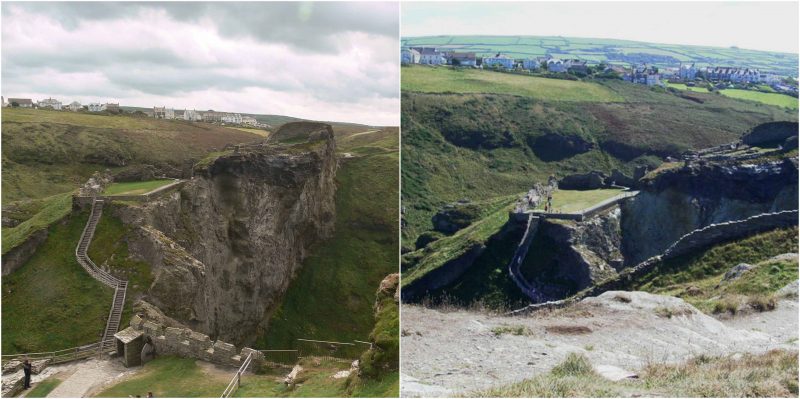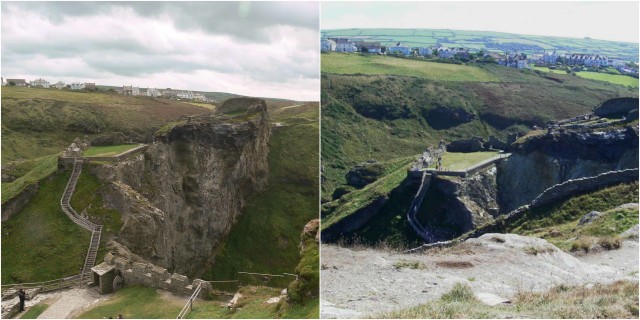
In 2015, a Cornwall charity group launched a competition to design a bridge in order to improve access to the Tintagel Castle.
The designers of the four million pound footbridge have finally been chosen by English Heritage. There are several groups involved in the building project, including Ney & Partners Civil Engineers out of Belgium and William Matthews Associates out of London. Those two groups were among the 137 design groups who had entered the international contest.

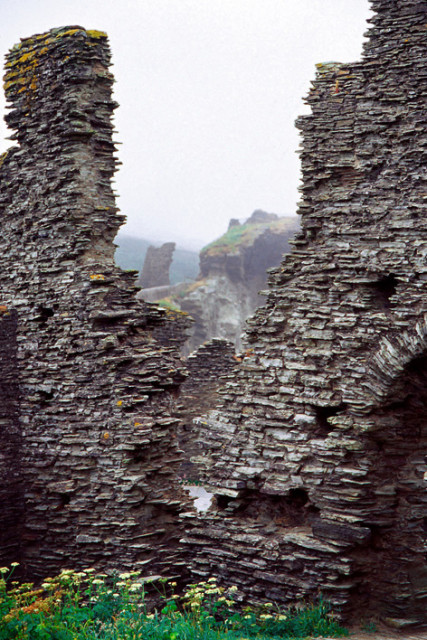
English Heritage said that the new bridge will connect two sites at the castle and will help the visitors get a better understanding of the site’s history. Not only that, but it will help improve the access to the island and help protect and conserve the landscape. They also said that the reason the two designers were chosen is because their plan had an elegant, delicate, and “structural ingenuity.”
Kate Mavor, the chief executive of English Heritage, said that the concepts that they chose were quite daring and exciting. The bridge may not look exactly like what was drawn up, but their submission gives Mavor and the group an idea of how much talent and imagination they have. Now that they have chosen the winners, they can now work with the groups on a design that will complement the landscape and allow visitors to get a good look at the history of the site. The design team who won said that it was a real honor to be able to work on the project.
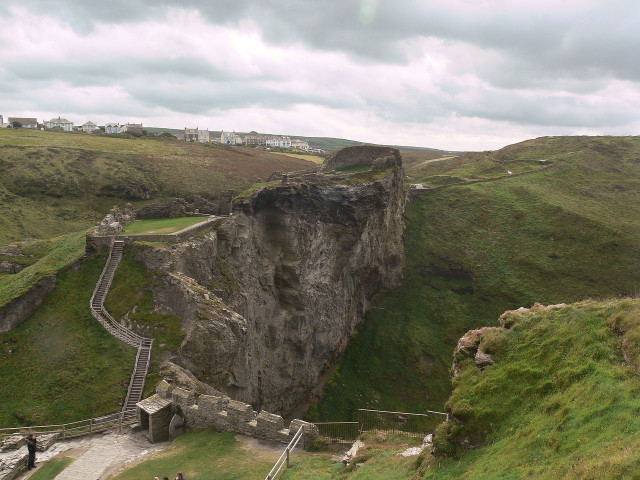
Here is a little history about the castle:
It is believed that the castle had been inhabited since the late Roman period. A community managed to flourish in the area in the 5th to 7th centuries. In the 12th Century, Tintagel had gained fame when Geoffrey of Monmouth named it as the place where King Arthur was conceived. If this is true, then it may have inspired Richard, Earl of Cornwall, to build the castle in the late 1230’s. However, there’s no solid evidence that it was true. There is, though, a site not too far from the castle that is similar to those of the Iron Age. There are forts that were found on the southwestern side like Willapark just one mile east.
Another thing that is not proven is just how much activity there was around that site during the Roman period. There were marks of two Roman roads found in the area, one at what is now Tintagel church and the other at Trethevy. These roads suggest that there was some presence in the area in the 3rd and 4th centuries. There have been some artifacts found in the area, like pottery and 3rd and 4th-century Roman coins.
From around 450 AD and 650 AD, Tintagel was a rich site and highly significant as it was quite involved with the trade in the Mediterranean world. The island was covered with small buildings; some are still visible today even. There was also a large bank and ditch which are visible today as well.
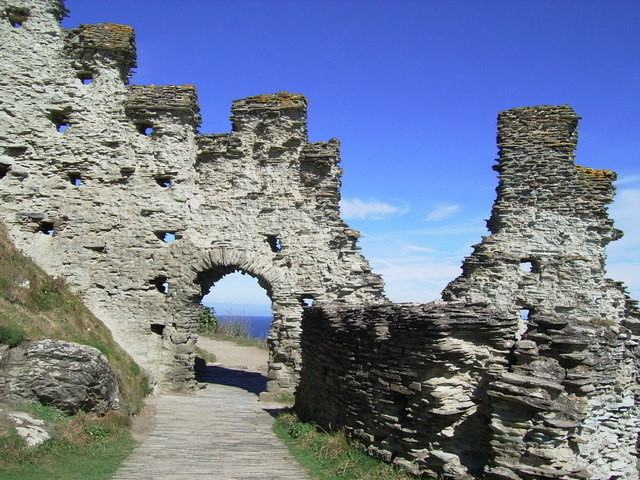
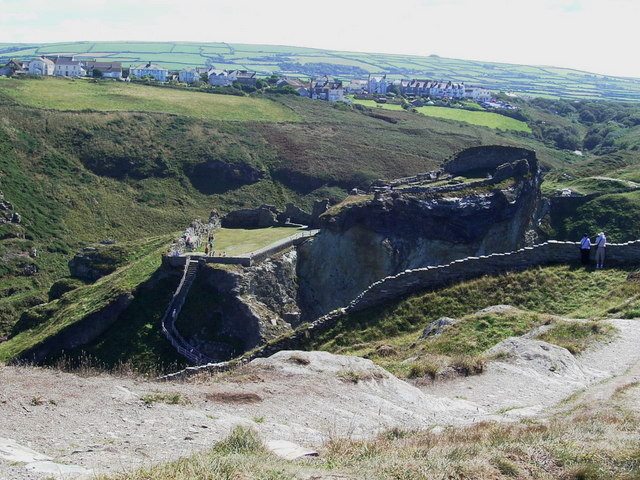
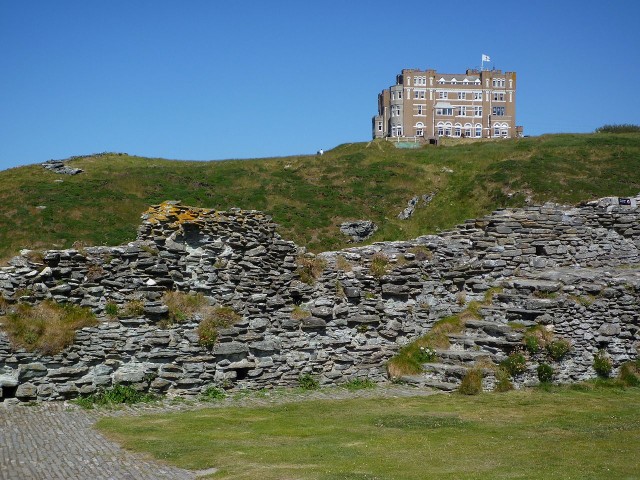
The island is connected to the mainland by only a narrow piece of land. From there, it has an amazing view of the whole Bristol Channel. Since the site was mostly part of the Dark Age rulers of Dumnonia, the British kingship at the period would have had several royal sites like in Devon and Cornwall. The headland could have also been defensive, which most likely would have been a response to the Irish-speaking colonies during the same period. This theory is gleaned from the monumental stones with Irish inscriptions that were found in Cornwall to the Tamar valley.
After the mid-7th century, there is very little evidence that anyone was living in the castle during the time; it was mainly discussed in documents that involved King Arthur. It is unclear why the author used Tintagel as the main spot for his stories. However, it is believed that he was looking for a Cornish setting, resulting in using Cornwall because they sounded similar.
